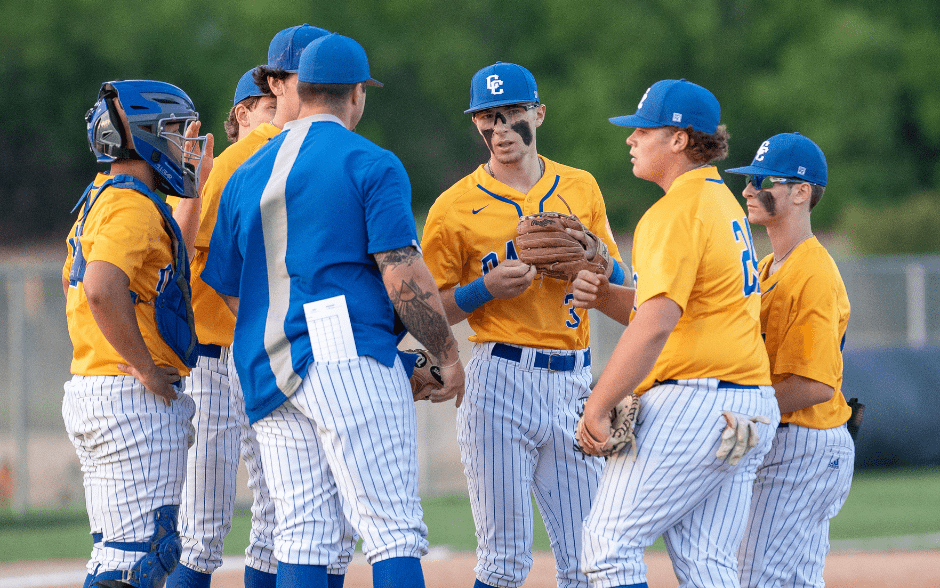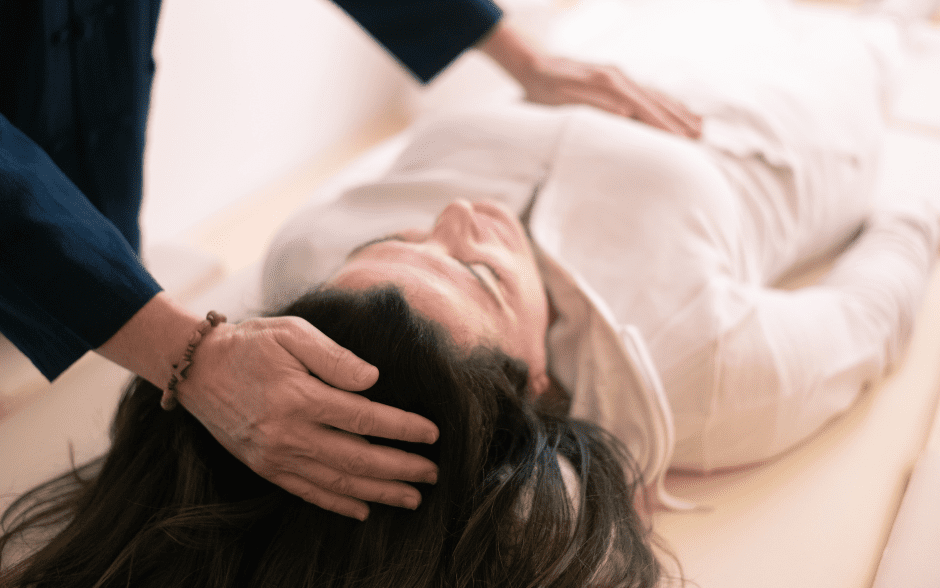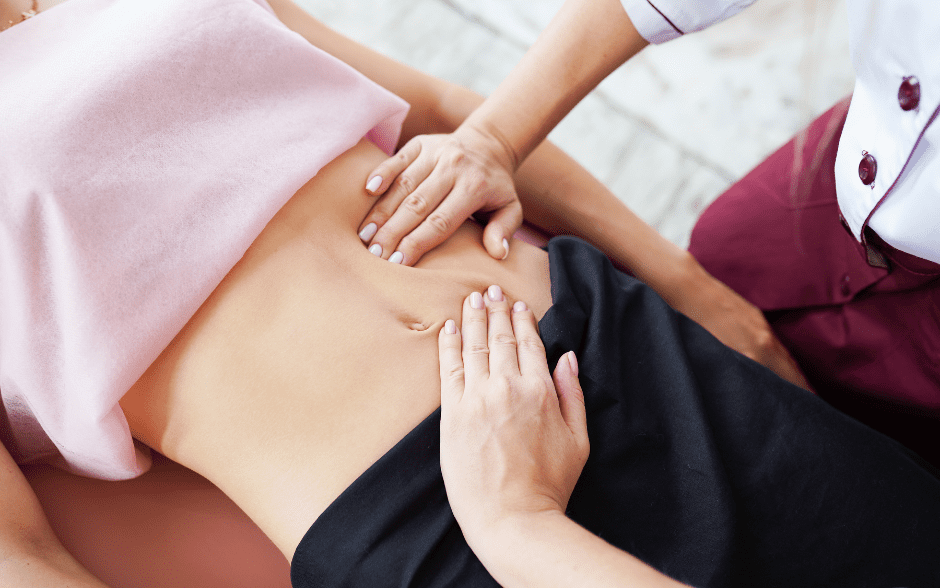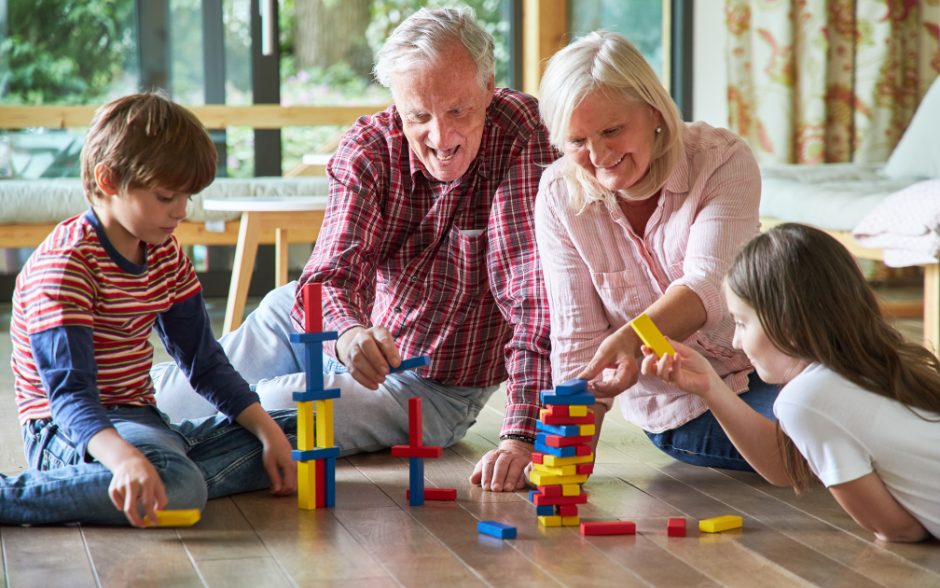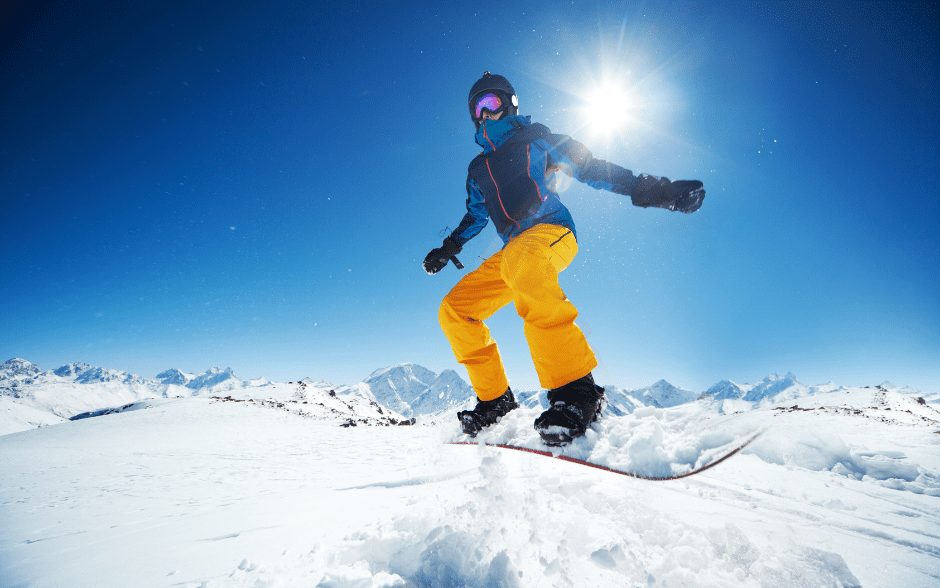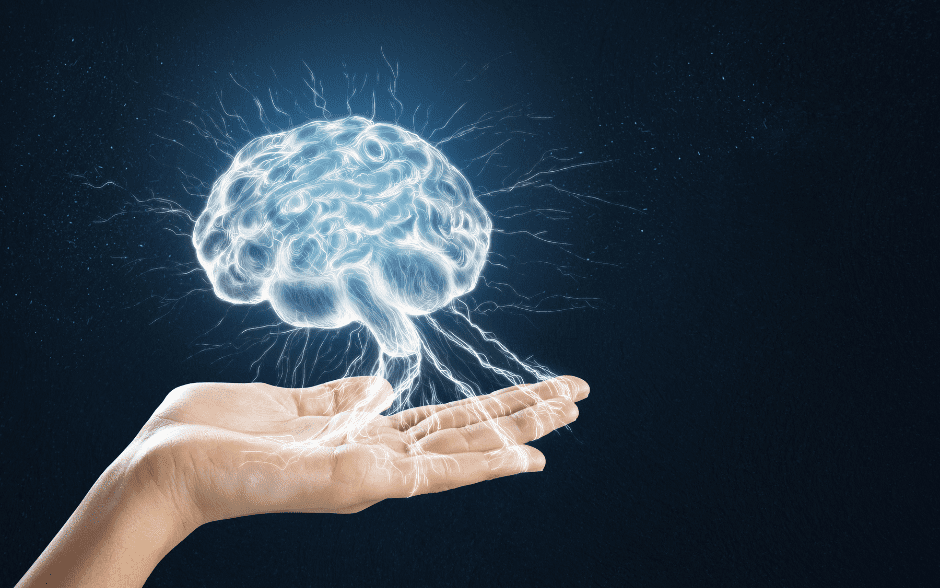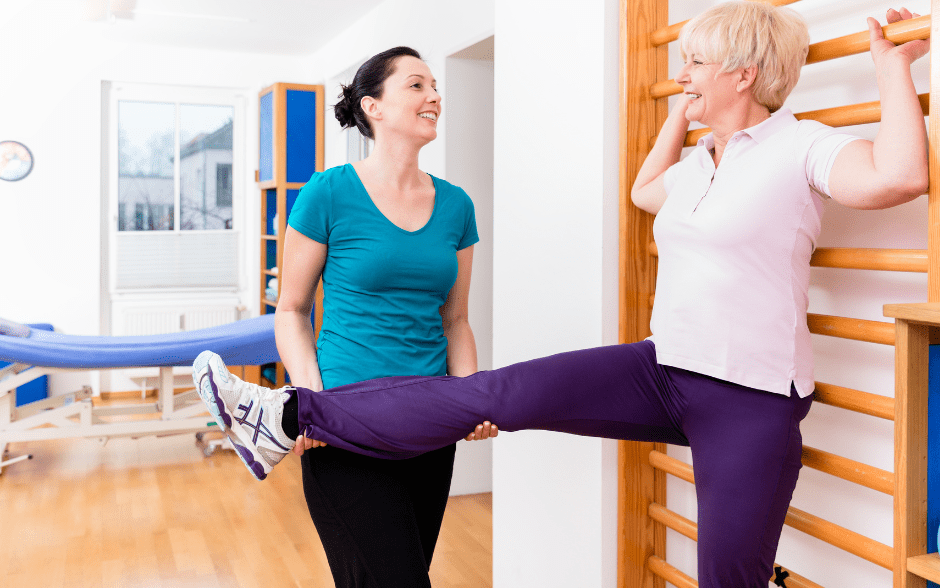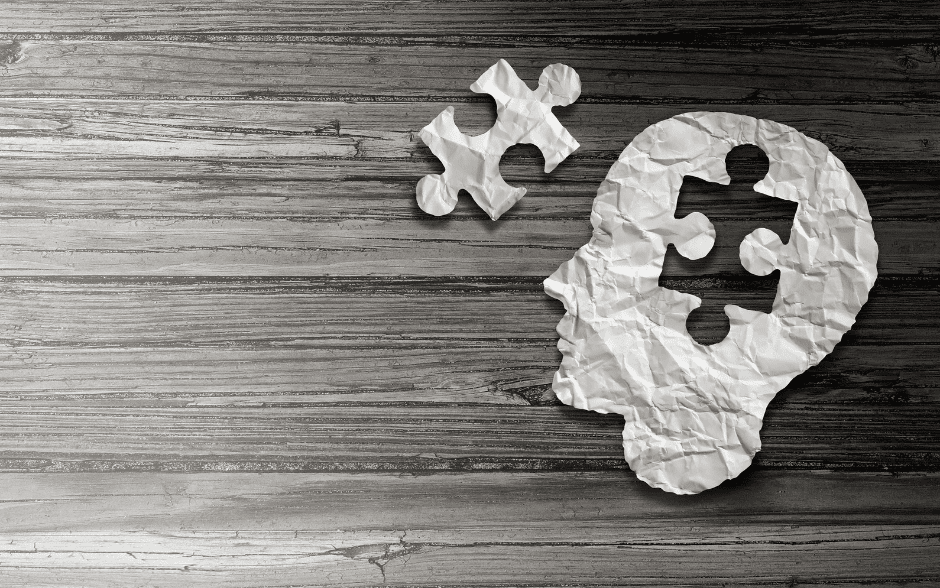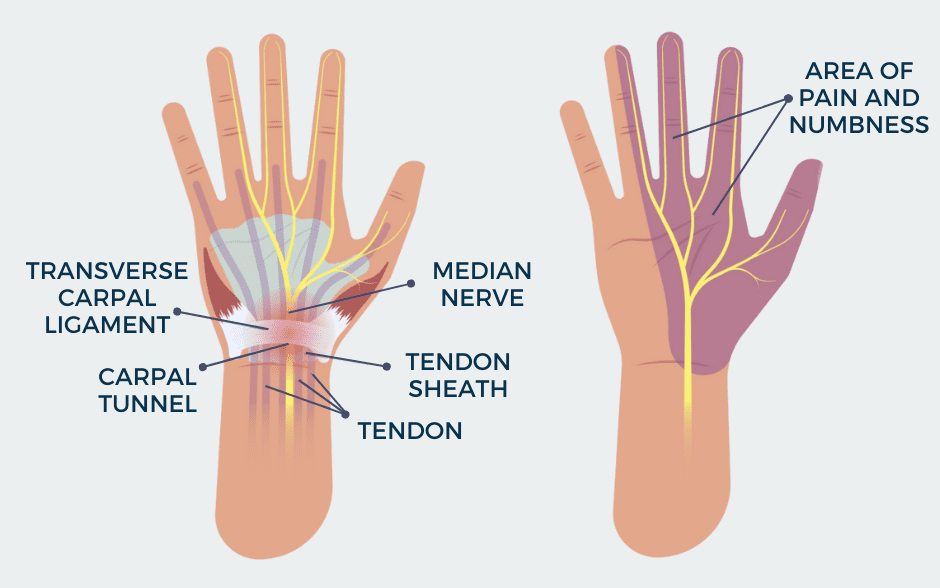Fall Sports Injuries & Physical Therapy: Helping Young Athletes Return Safely to Play
As the leaves change colors and the crisp air sets in, the fall sports season kicks off in full swing. However, along with the excitement and competitiveness of these sports, there is an unfortunate risk of injuries. Young athletes are particularly vulnerable, but with proper prevention and rehabilitation, they can bounce back stronger than ever. In this article, we explain how fall sports injuries physical therapy can help your child return to the field safely and with confidence.
At PDR Physical Therapy & Wellness Center in Mount Prospect, IL, we specialize in advanced physical therapy that goes beyond basic strengthening. Our team focuses on identifying the root causes of pain and dysfunction, which is especially important in growing athletes who are still developing.
Common Fall Sports Injuries
A CDC study found that over 50% of children aged 6–17 participate in school or community sports, while over half a million college students engage in athletics. As autumn approaches, child and youth athletes often enter a demanding schedule of practices, games, and tournaments. Popular fall sports in the U.S. include cheerleading, cross-country, field hockey, football, golf, gymnastics, soccer, tennis, and volleyball.
Unfortunately, sports injuries are especially common among younger children whose bodies are still developing. According to Cleveland Clinic, sports-related injuries are frequent but, with proper management, usually treatable and preventable. In fact, sports-related injuries account for roughly one-third of all childhood injuries. Below are some of the most common issues seen in clinics providing physical therapy for sports injuries.
Concussions
Concussions are a type of traumatic brain injury that occurs when the brain shifts within the skull due to a bump, blow, or jolt to the head or body. This movement can lead to physical, cognitive, and emotional symptoms such as headache, dizziness, confusion, and sensitivity to light or noise. Concussions most often occur in contact or collision sports such as football and soccer.
Because symptoms may be subtle at first, it is crucial to monitor your child closely after a hit to the head. In addition, safely returning to sport should follow a gradual, stepwise process. If you suspect a concussion, prompt evaluation is essential. Learn more about our approach on our dedicated page:
Concussion Treatment & Rehabilitation.
Sprains and Strains
Sprains occur when ligaments stretch or tear, often due to twisting or sudden impact. Strains affect muscles or tendons and may range from mild overstretching to severe tears that sometimes require medical intervention. These are among the most common youth sports injuries, especially in the ankles, knees, and shoulders.
Proper rehabilitation is important. Early, targeted therapy helps restore joint stability, muscle strength, and normal movement patterns, which in turn reduces the risk of future sprains and strains.
ACL and MCL Injuries
ACL and MCL injuries frequently happen in sports with quick pivots, sudden stops, jumps, or directional changes—such as soccer, field hockey, football, and tennis. The ACL stabilizes the knee in the center of the joint, while the MCL supports the inside of the knee.
These injuries can range from mild sprains to complete tears. In many cases, Mayo Clinic emphasizes that structured rehabilitation is essential both before and after any necessary surgery. Well-designed physical therapy helps restore strength, balance, and confidence so athletes can safely return to sport.
Fractures
Fractures are partial or complete breaks in bones caused by direct trauma or repetitive stress. Young athletes are vulnerable because their bones are still developing. The location and severity of the fracture determine the treatment and recovery process.
Once the bone has healed and the cast or brace is removed, physical therapy becomes crucial. It focuses on restoring mobility, rebuilding strength, improving balance, and correcting movement patterns that might have contributed to the injury in the first place.
Tendinopathy
Tendinopathy is irritation or inflammation of a tendon caused by overuse, improper mechanics, or inadequate recovery. Common sports-related examples include tennis elbow, golfer’s elbow, rotator cuff tendinopathy, and Achilles tendinopathy.
To treat tendinopathy effectively, a combination of load management, manual therapy, and progressive strengthening is crucial. At PDR, we often integrate advanced manual therapy techniques, including Fascial Counterstrain (Strain Counterstrain), to reduce pain and improve tissue quality while we work on correcting movement patterns.
Shin Splints
Shin splints, also known as medial tibial stress syndrome, cause pain along the front or inner edge of the shin. They commonly occur in runners, dancers, and athletes who have recently increased their training intensity or changed their surface or footwear.
If you want to learn more about this specific issue, visit our detailed blog post: Understanding and Managing Shin Splints. You can also explore additional medical information from Mayo Clinic.
Runner’s Knee
Runner’s knee describes dull, persistent pain around or behind the kneecap. It is often linked to overuse, muscle imbalance, or poor biomechanics. Many fall sport athletes—especially runners and soccer players—experience this condition when training volume or intensity increases too quickly.
Physical therapy targets the root causes by strengthening hip and core muscles, improving flexibility, and correcting foot and knee alignment during walking, running, and jumping.
Injury Prevention Tips for Fall Sports
Although not every injury is avoidable, smart prevention strategies significantly reduce risk. Simple changes can make a big difference over the course of a busy season.
- Warm up before every practice or game with light cardio and dynamic movements.
- Include regular strength and conditioning to build strong hips, core, and legs.
- Wear appropriate protective equipment such as helmets, pads, mouthguards, and supportive footwear.
- Listen to early warning signs like pain, swelling, or fatigue.
- Schedule regular rest and recovery days to prevent overuse injuries.
How Physical Therapy Helps After a Sports Injury
Skipping physical therapy after a sports injury may feel tempting, especially when pain starts to subside. However, this decision can lead to long-term weakness, stiffness, and recurring injuries. Professional sports injury physical therapy is essential for full and safe recovery.
At our clinic, we create individualized plans for young athletes recovering from sports injuries. Treatment often includes:
- Detailed assessment of movement, posture, and biomechanics.
- Hands-on manual therapy to reduce pain and improve mobility.
- Targeted strengthening and neuromuscular retraining.
- Sport-specific drills to prepare the athlete for a safe return to play.
Our therapists frequently combine hands-on therapies, including advanced techniques such as Fascial Counterstrain (Strain Counterstrain), with modern modalities and carefully progressed exercise. This approach helps rebuild strength and movement, manage pain, and prevent recurring problems.
We may also recommend complementary treatments such as Hyperbaric Oxygen Therapy (HBOT) to support tissue healing and recovery after more severe injuries.
Fall Sports Injuries Physical Therapy: A Path Back to the Game
Fall sports injuries can temporarily sideline an athlete, but they do not have to end the season. With the right combination of prevention strategies and effective fall sports injuries physical therapy, young athletes can return to their sport with more strength, better mechanics, and greater confidence.
Is your child dealing with a fall sports injury?
Our team at PDR Physical Therapy & Wellness Center is here to help your young athlete recover safely and return to the activities they love.
Contact us today to schedule a free screening, or learn more about our approach on the page:
Physical Therapy for Sports Injuries.
Stay safe, play smart, and enjoy the excitement of fall sports!

